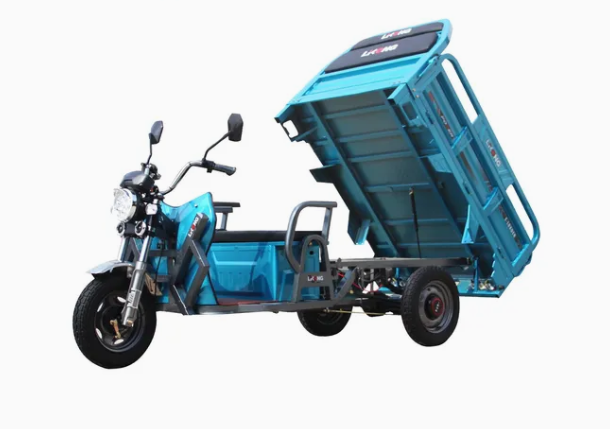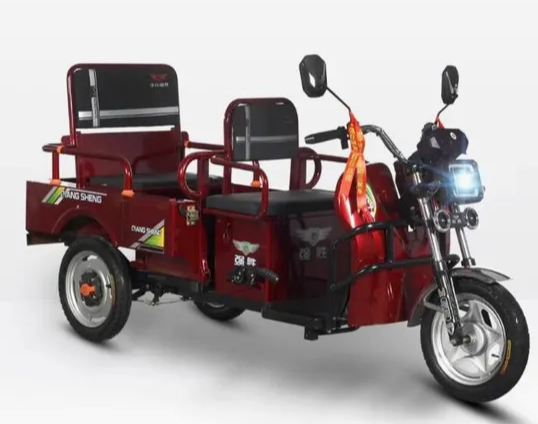Asia-Pacific region anticipated to lead the global electric cargo three wheeler market
News 2022-06-14
Which region is expected to dominate the Global Electric Cargo Three Wheeler Market?
The Asia-Pacific region is anticipated to lead the global electric cargo three wheeler market throughout the forecast period due to the increasing demand for last-mile delivery services, government initiatives promoting electric vehicles, and the presence of a large manufacturing base in countries like China and India.

The global electric cargo three-wheeler market is experiencing accelerated growth, driven by dual forces of urbanization and green logistics demands. Industry forecasts indicate a 17.2% CAGR from 2023 to 2028, with significant regional market differentiation.
From an industrial chain perspective, the 23% cost reduction in LFP batteries marks a pivotal turning point. With energy density reaching 180Wh/kg, these battery packs enable vehicles to surpass the 150km range threshold, effectively eliminating range anxiety. Operational data from Mumbai’s GreenDeliver logistics company confirms this transformation: their fleet’s daily delivery frequency increased from 3 to 5 times, with battery replacement intervals extended from twice daily to once every three days.
Regional competition shows a “tri-polar分化” pattern. The Asia-Pacific region commands 62.3% global market share, benefiting from inherent three-wheeler cultural acceptance and policy incentives. India’s FAME-II scheme exemplifies this approach, offering 40% purchase sales of 870,000 units in 2022. On Bangalore streets, electric three-wheelers with standardized 2.5m³ cargo boxes have become urban landmarks, perfectly serving last-mile delivery for community group purchases.
African markets demonstrate leapfrog development. Kenyan startup Ampersand’s battery leasing model, where drivers pay $3 daily for fully-charged batteries, reduces operational costs by 55% compared to fuel. This innovation boosted Nairobi’s electric three-wheeler penetration from 2% to 19% within 18 months. However, charging infrastructure remains a constraint, with only 0.7 charging points per 100km².
European markets showcase premium transformation. DHL’s customized refrigerated electric trikes, equipped with GPS tracking and anti-tip systems, sell at €9,500 each while maintaining strong demand. These specialized vehicles achieve 82km daily range, 41% higher than base models. Notably, EU regulations mandating sub-50g/km emissions for urban delivery vehicles from 2025 are creating a €2.3 billion replacement market.
Technological innovations are redefining competition parameters. Chinese manufacturer motor” utilizes torque adaptation technology to enhance climbing capacity from 15° to 25°, proving particularly advantageous in Chongqing’s mountainous terrain. Coupled with IoT systems, operators can monitor battery health in real-time, reducing maintenance costs by 37%.
Policy direction remains the core variable shaping market evolution. Jakarta’s “Three-Wheeler Renewal Program” exemplifies effective intervention, mandating retirement of eight-year-old combustion vehicles while offering 15% purchase tax rebates. This policy mix quadrupled electric trike adoption within two years. In contrast, lagging electric model penetration below 5%, despite persistent air quality issues.
Future development will exhibit a “dumbbell-shaped” trajectory. On one end lies continued electrification replacement in populous nations like India and Indonesia, while the other end features premium specialization in Western markets. Southeast Asian countries are replicating the “China model” through deep integration of logistics firms and manufacturers, creating closed-loop supply chains. J&T Express’s Vietnam operations demonstrate this approach can increase vehicle turnover by 28% and battery utilization to 91%.



